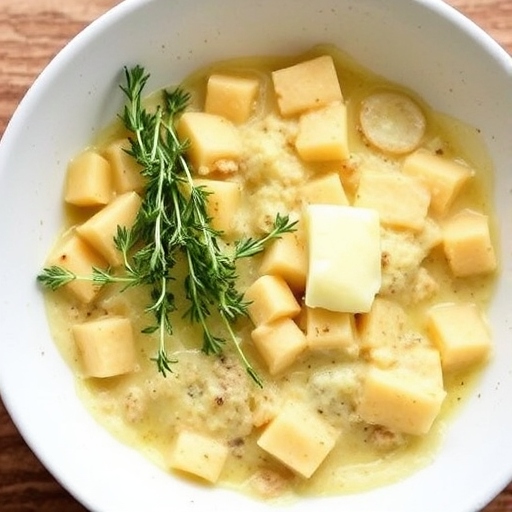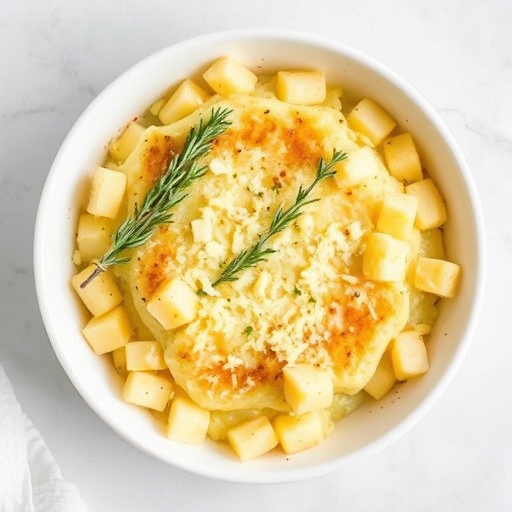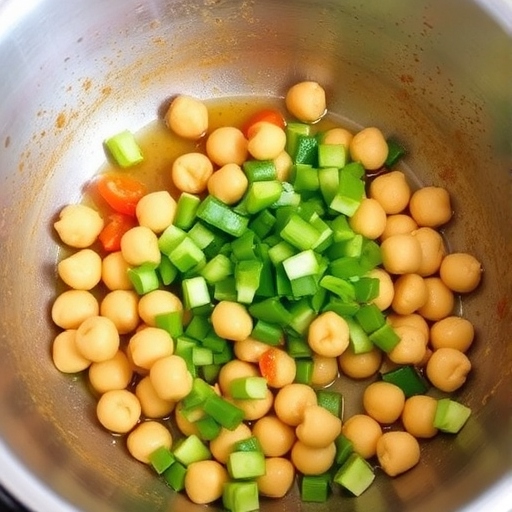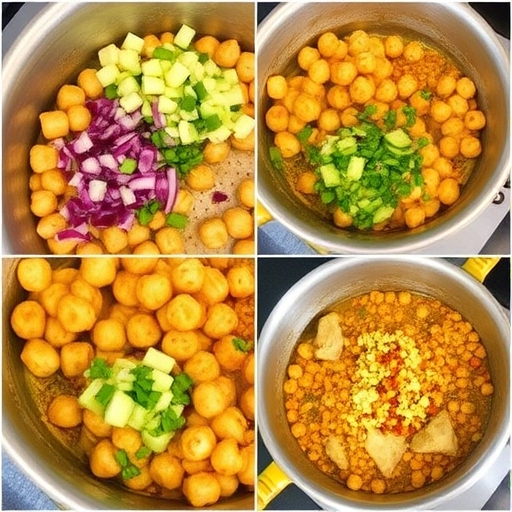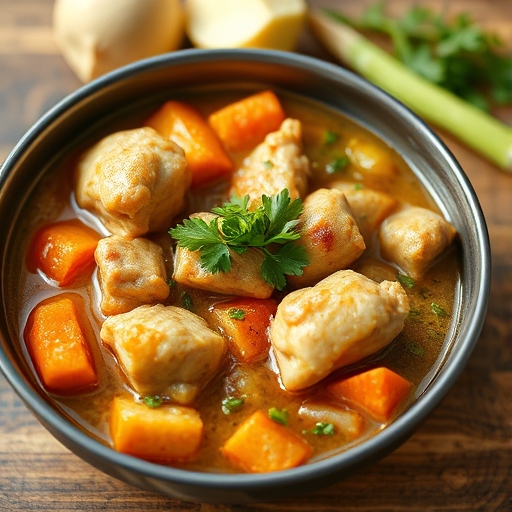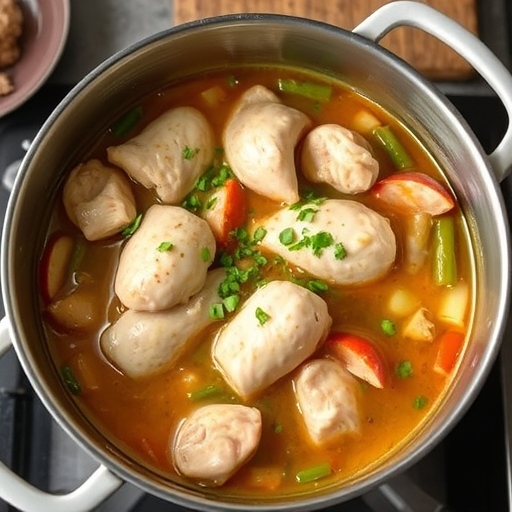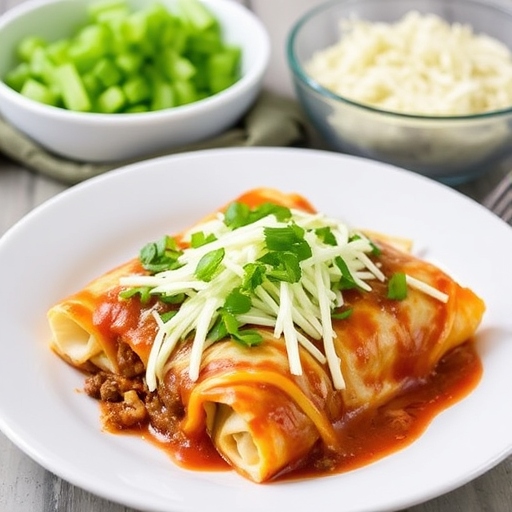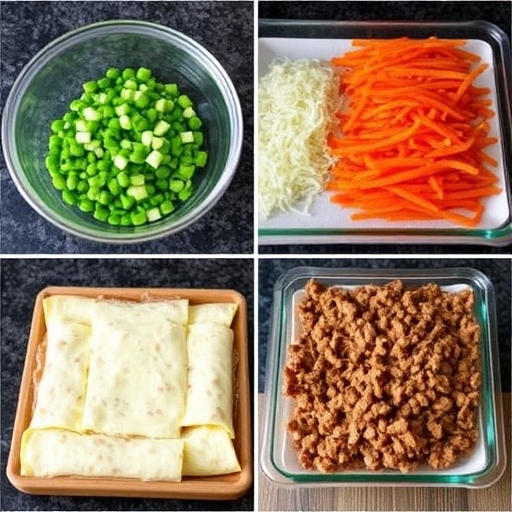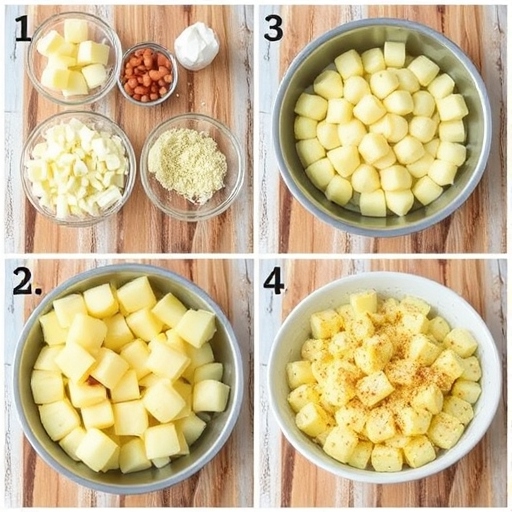Moussaka is a traditional dish with layers of flavorful ingredients that reflect its Mediterranean origins. It’s a hearty casserole made with eggplant, spiced meat sauce, and creamy béchamel, making it a standout comfort food. Perfect for family dinners or special occasions, moussaka offers a blend of textures and flavors that is both rich and satisfying.
Table of Contents
1. The Story Behind Moussaka
Originating from the Eastern Mediterranean and the Balkans, moussaka has deep culinary roots, with variations found in Greece, Turkey, and the Middle East. The Greek version, known for its luxurious béchamel topping, was popularized in the 20th century by Nikolaos Tselementes, a Greek chef who infused French culinary techniques into traditional recipes. Moussaka represents the blending of cultures, with its combination of spiced meat, vegetables, and creamy sauce.
2. The Benefits of Making Your Own Moussaka
- Customizable: Adjust ingredients to suit your dietary needs, such as using ground turkey or lamb instead of beef.
- Homemade Freshness: Control the quality of ingredients, ensuring a flavorful and wholesome dish.
- Cost-Effective: Create a restaurant-quality meal at a fraction of the price.
- Freezer-Friendly: Prepare ahead of time and freeze for convenient future meals.
3. Essential Ingredients for the Perfect Moussaka
Main Ingredients:
- Eggplant: Traditionally the base vegetable, providing a soft, melt-in-your-mouth texture.
- Potatoes (Optional): Add a starchy layer for a heartier dish.
- Ground Meat: Beef or lamb, spiced and sautéed, forms the core of the dish.
- Tomato Sauce: Rich and aromatic, binds the meat mixture together.
- Béchamel Sauce: A creamy topping that bakes to a golden crust.
Spices and Seasonings:
- Garlic, onion, cinnamon, nutmeg, oregano, and parsley add depth to the flavor.
Cheese:
- Parmesan or Kefalotyri for sprinkling over the béchamel.
4. Cultural History of Ingredients
- Eggplant: Brought to Europe from the Middle East, it became a staple in Mediterranean cooking.
- Béchamel Sauce: A French culinary staple, this sauce elevates traditional Greek dishes like moussaka.
- Cinnamon and Nutmeg: Commonly used in Greek cuisine, these spices bring warmth and depth to the meat sauce.
5. Equipment You’ll Need
- Sharp knife and cutting board
- Large skillet
- Baking dish (9×13 inches)
- Saucepan for béchamel
- Whisk
- Slotted spoon
- Spatula
6. Step-by-Step Instructions for Moussaka
Ingredients:
For the Eggplant Layer:
- 2 large eggplants, sliced into ¼-inch rounds
- Salt (for sweating the eggplant)
- Olive oil (for brushing or frying)
For the Meat Sauce:
- 1 lb ground beef or lamb
- 1 onion, finely chopped
- 2 garlic cloves, minced
- 1 can (14 oz) crushed tomatoes
- 2 tbsp tomato paste
- ½ tsp cinnamon
- ½ tsp nutmeg
- 1 tsp dried oregano
- ½ cup red wine (optional)
- Salt and pepper to taste
For the Béchamel Sauce:
- 4 tbsp butter
- 4 tbsp all-purpose flour
- 2 cups milk (warm)
- 1 egg yolk
- ½ cup grated Parmesan cheese
- Pinch of nutmeg


Directions:
Step 1: Prepare the Eggplant
- Sprinkle eggplant slices with salt and let them sit for 30 minutes to draw out moisture. Rinse and pat dry.
- Brush slices with olive oil and either bake at 400°F (200°C) for 20 minutes or fry them until golden. Set aside.
Step 2: Make the Meat Sauce
- Heat olive oil in a skillet and sauté onion until translucent. Add garlic and cook for another minute.
- Add ground meat and cook until browned. Drain excess fat if necessary.
- Stir in tomato paste, crushed tomatoes, spices, and red wine. Simmer for 20 minutes until thickened. Adjust seasoning.
Step 3: Prepare the Béchamel Sauce
- Melt butter in a saucepan. Stir in flour and cook for 2 minutes to eliminate the raw flour taste.
- Gradually whisk in warm milk until smooth and thickened.
- Remove from heat and stir in nutmeg, Parmesan cheese, and egg yolk. Mix well.
Step 4: Assemble the Moussaka
- Preheat oven to 375°F (190°C).
- Layer baked or fried eggplant at the bottom of a greased baking dish. Add an optional layer of parboiled potato slices.
- Spread the meat sauce evenly over the eggplant.
- Pour béchamel sauce over the meat layer, spreading it evenly. Sprinkle with extra Parmesan cheese.
Step 5: Bake
- Bake uncovered for 45–50 minutes, or until the top is golden and bubbly.
- Let the moussaka cool for 20 minutes before slicing to allow the layers to set.
7. Suggestions for Serving and Storing
- Serving: Pair with a Greek salad and crusty bread for a complete meal.
- Storing: Refrigerate leftovers for up to 3 days or freeze individual portions for up to 3 months. Reheat in the oven for best results.
8. Chef Simon’s Tips for Moussaka
- Eggplant Prep: Sweating the eggplant removes bitterness and prevents sogginess.
- Layering: Ensure even layers for consistent bites of eggplant, meat, and béchamel.
- Béchamel Shortcut: For a lighter topping, use Greek yogurt mixed with a beaten egg.
9. Emotional and Psychological Impact of Food
Moussaka’s rich, comforting flavors evoke feelings of warmth and satisfaction, making it a dish that brings families together. Its hearty layers symbolize nourishment and care.
10. Mindful Cooking Techniques
- Focus on the process of layering and assembling, appreciating each ingredient’s role.
- Smell the spices as they cook, creating a sensory connection to the dish.
11. Tips for Keeping the Recipe Fresh Longer
- Store in airtight containers to maintain freshness.
- Avoid overbaking to prevent dryness when reheating.
12. Advanced Culinary Terms and Techniques
- Sweating: Drawing moisture out of vegetables like eggplant using salt.
- Deglazing: Using wine to lift flavorful bits from the skillet after cooking the meat.
13. Healthy Ingredient Alternatives
- Use lean ground turkey or chicken instead of beef or lamb.
- Substitute béchamel with a cauliflower purée for a low-carb option.
14. More Serving Ideas
- Add a side of tzatziki sauce for a refreshing contrast.
- Top with fresh herbs like parsley or dill for added flavor.
15. Common Issues and Solutions
- Problem: Watery moussaka.
Solution: Ensure eggplant is properly sweated and meat sauce is thickened. - Problem: Béchamel separates.
Solution: Gradually add milk to the roux while whisking continuously.
16. Variations to Try
- Vegetarian Moussaka: Replace the meat sauce with a lentil or chickpea-based filling.
- Middle Eastern Style: Add spices like cumin and coriander for a regional twist.
17. Nutritional Information and Health Benefits
Per serving (1 slice):
- Calories: 350
- Protein: 20g
- Fat: 18g
- Carbohydrates: 25g
18. The Art of Pairing Moussaka
- Pair with a bold red wine like Syrah or a light white wine like Sauvignon Blanc.
19. Weather and Recipe Outcome
- Cooler weather enhances the appeal of moussaka, as its rich, warming flavors are perfect for fall and winter.
20. Other Mediterranean Recipes to Explore
- Spanakopita (Spinach Pie)
- Stuffed Grape Leaves
- Greek Lemon Chicken Soup
Conclusion
Moussaka is a culinary masterpiece that brings together Mediterranean flavors in a hearty, satisfying dish. Whether served at a festive gathering or as a comforting family meal, its rich layers and bold flavors make it an unforgettable experience. Try it today, and let this classic recipe transport you to the heart of Greece!
Thank you for visiting SqueezyRecipes! We’re dedicated to making cooking enjoyable and accessible for everyone, regardless of your skill level. Chef Simon is always ready to share the best recipes that bring a creative touch to your daily meals. With each visit, you’ll discover new recipes and innovative ideas that cater to every occasion. Don’t miss out on exploring SqueezyRecipes for the latest delicious dishes, and feel free to leave your feedback and share your experiences with the recipes you’ve tried. Cooking together makes everything better!



